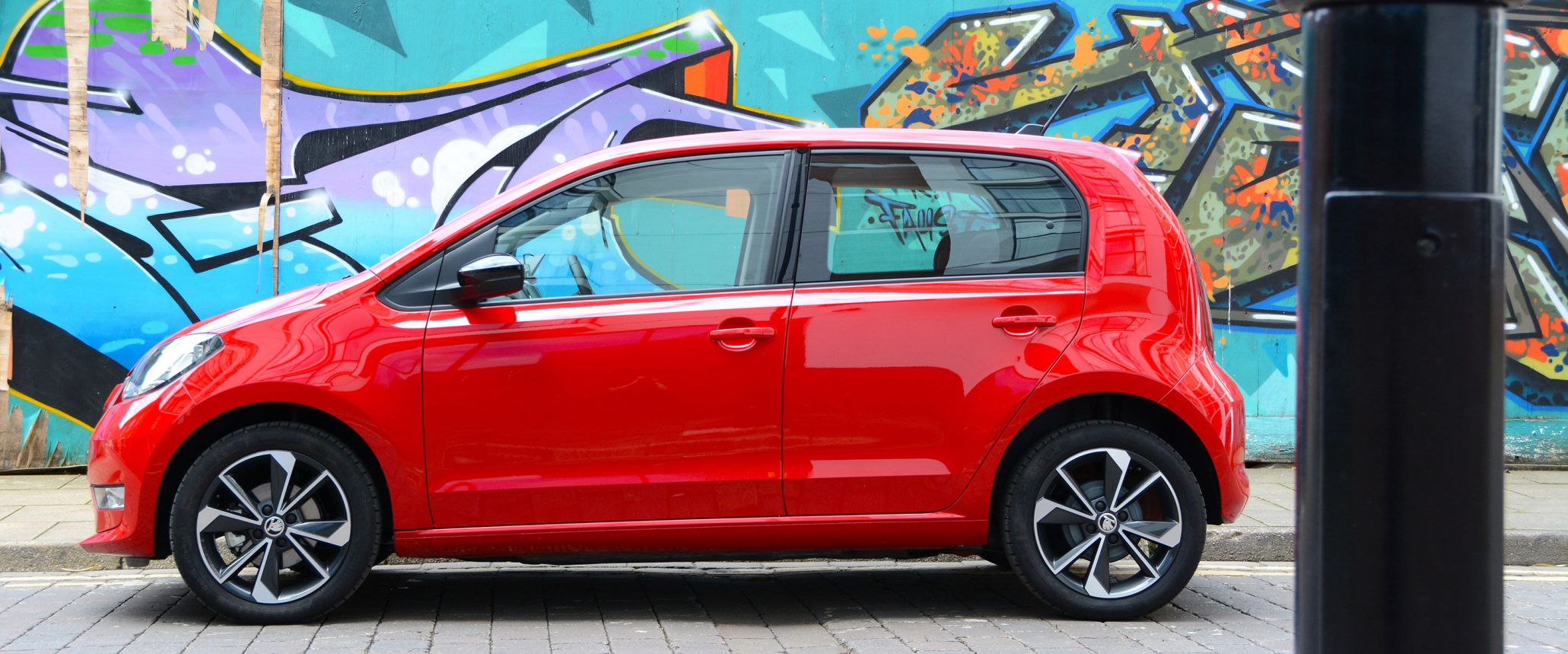

There are three different types of vehicles that have an electric motor powered by a battery or that can be plugged in:
Our work and representation focus on these battery electric cars and vans (up to 3.5 tonnes) because they play the leading role in decarbonising the transport system. That said, we welcome anyone interested in electric vehicles and the wider EV journey.
Whether it’s a budget car, a luxury saloon car or an all electric SUV, there’s an EV to suit all drivers’ needs and budgets:
According to Autotrader, there are now more than 33 new EVs with an RRP under £30,000, with more set to launch in the UK in the coming months. And as of June 2025, two in five used EVs sales on Autotrader were under £20,000.
While more and more of us are buying electric cars due to the many benefits they offer, with BEVs accounted for one in five new cars registered in 2024, this surge was primarily driven by fleets and business buyers, as only one in ten private buyers opted for an EV last year. (Figures from the SMMT)
Encouragingly, our latest survey found 9 in 10 EV drivers would not return to petrol and diesel, meaning the vast majority of owners are seeing the real benefits of zero-emissions driving.
Clearly, the Government must play its part in ensuring EVs are made as affordable as possible for drivers of all incomes, whilst continuing to oversee that the whole EV ecosystem is ready for an electric future.
By giving EV drivers a voice, EVA England is here to ensure that there are policies and infrastructure in place to support this transition and encourage more people to go electric.
EVs have 90% fewer moving parts than an ICE (Internal Combustion Engine) car. The more parts you have, the more parts will require maintenance and eventually replacement. This is one of the reasons that EVs are less expensive to own over time.
Here’s some of the components that keep an EV moving: